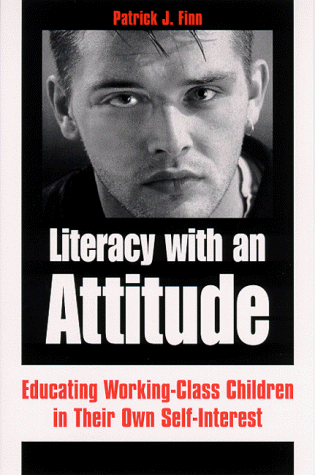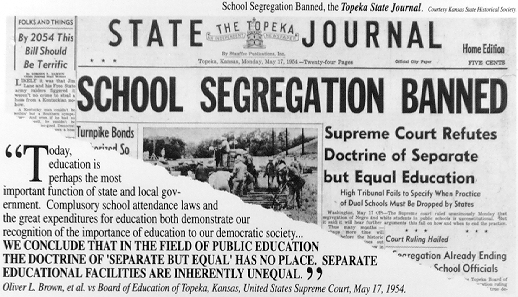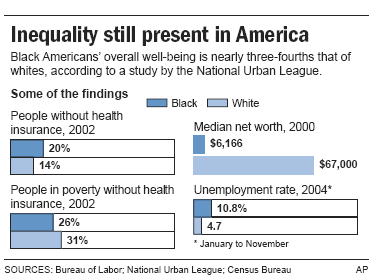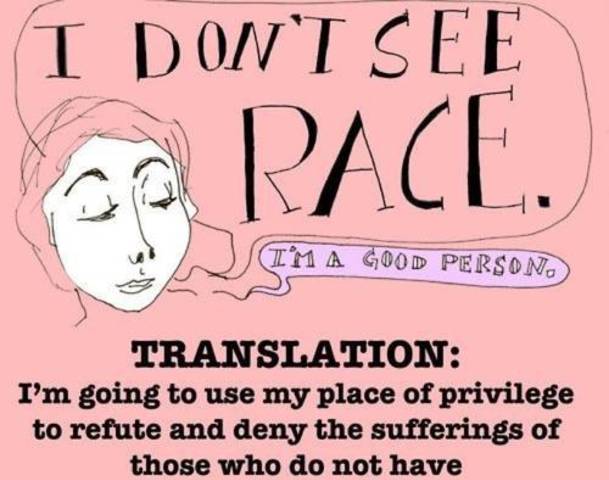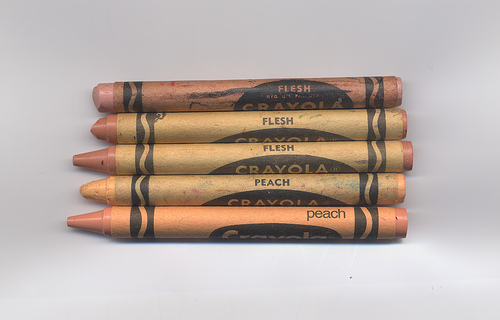At first, I was a little reluctant to attend the Promising
Practice's Conference at RIC for the fact that it was at eight a.m. on a
Saturday morning. However, when the event came to an end, I left with a much
different state of mind. The morning started off in the Donovan Dining Hall to
check in, and we were quickly rushed to our first workshops at nine.
My first work shop was "Finding the STEM in the Urban Core" with two women who worked at Bethune Elementary School in Detroit, MI (an urban school). I thought that this would be a really beneficial workshop considering that I was tutoring at an urban school in South Providence myself for my service learning placement and that I would most likely work at an urban school in the future. The women explained to us that children are self-learners, and that they get a lot more out of coming to conclusions and discovering information themselves than to just be lectured at by a teacher, especially in urban schools. For this reason, they created a SMART Lab at their school and other urban schools that features project based, student-centered curriculum that supports STEAM exploration. It allows children to create a hypothesis to an experiment and then solve the problem themselves, making learning hands-on and fun while creating knowledge and opening career opportunities for students. They use criteria for these labs that children can relate to their own lives in order to peak their interest and allow them to perform better. I found this workshop to be really interesting as well as informative. The women were both really passionate about the fact that a lot of times children from urban schools and from less-privileged communities are usually labeled as incompetent and that there is little hope for their success in the future. They detailed that it is important for educators as well as the community to support and believe in them, because they have the potential to succeed with assistance and confidence from their superiors. They felt that these SMART Labs could help to reach that goal.
 |
| Example of what a SMART Lab looks like |
My second workshop I wasn't really as passionate about. It
was called "Teach Like a Designer!: Design Thinking for Educators"
The woman was from DownCity Design and she taught us how to incorporate design
thinking for students into a classroom. She also taught us the process that
designers use to solve problems and how it can be beneficial for students. She
also stressed the importance to make a healthy classroom environment where
students feel comfortable sharing their ideas as well as producing their own
work without feeling judged or afraid of failure. She went on to have us get
into groups and use sticky notes to write down ways that we could make the
classroom a space where all children could share there thoughts as well as ways
to make the tedious design process more fun and interesting for students. Then
we were given stickers and we went around the room and placed our stickers on
the ideas that we thought were the best. She also described to us a game that
she played with her students that allowed them to brainstorm ideas quickly and
to help them to not feel judged. The students would stand in a line on teams and run straight
forward towards a piece of paper and quickly brainstorm an idea, design plan, or
solution to a problem and run back and give the marker to the next child in
line, this allows students to not have a chance to second guess their ideas
because of the quick movement of the game and also helps brain functioning due
to the movement and blood flow. I thought it was a really fun and cute idea to
allow kids to share there own ideas and make a game out of it
Lastly we made our way back to Donovan for the Keynote
Speaker, Dr. Christopher Emdin. I found him to be extremely interesting and
enlightening. He was very animated in his speech about "#HipHopED(ucators)
STEMing the Tide of Disinterest in Education". The speech centered around
increasing the achievement and education for students of color as well as
students in urban school systems. He stressed that part of this is intertwining
urban culture into education in the classroom to interest students and make school materials
relatable. He discussed the importance of Hip Hop and how it can be
beneficially used in urban schools. He was critical of traditional techniques
of education because all students are different learners and especially
students in urban schools, for example one student does not do
successfully on a written exam doesn't mean that they can not be successful in
showing their knowledge in different ways possibly even through rapping the information . Dr. Emdin had a voice as well as the passion that had everyone
else in the room reciprocating that same passion. I found his speech to be the
most interesting and revolutionary take on education that day.









